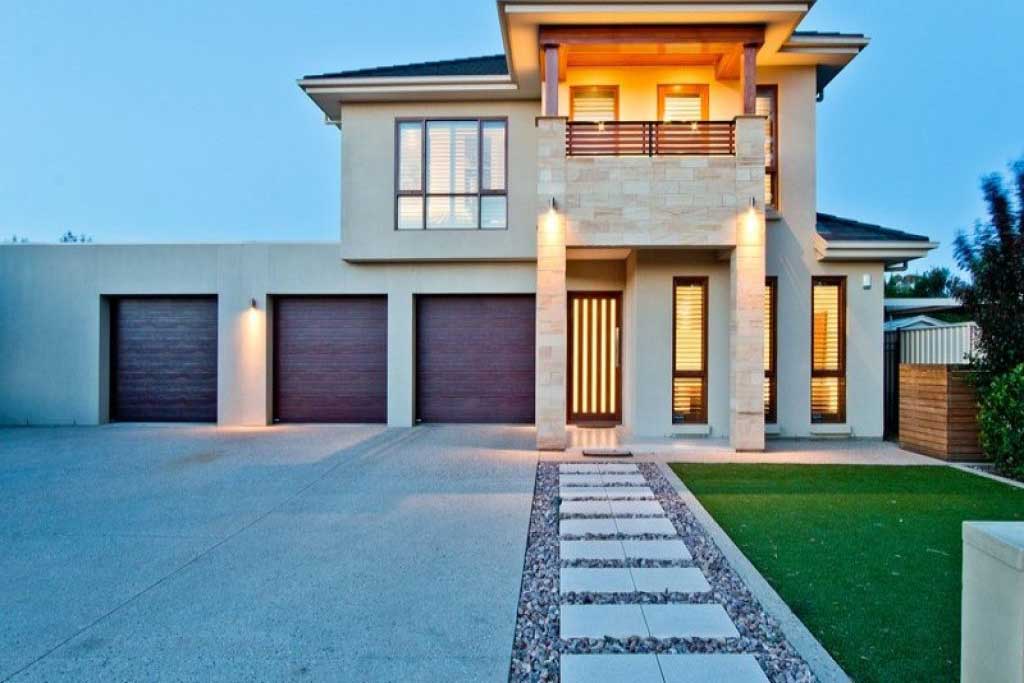Posted on January 13, 2023
Installation Process for an Exposed Concrete Driveway in Adelaide
An exposed concrete driveway can add a touch of elegance to your home while also being very durable and easy to maintain. The installation process is not as complicated as you might think and can be done by most do-it-yourselfers.
Here is a step-by-step guide to help you get started:
1. Begin by planning the layout of your Adelaide exposed concrete. Decide how wide you want it to be and where you want it to go. Once you have a plan, mark out the area with some string or stakes and spray paint.

2. Excavate the area to a depth of about 8 inches. Make sure the sides are sloped so that water will drain away from the driveway.
3. Install some form boards around the perimeter of the excavation. These will serve as boundaries for pouring the concrete.
4. Mix up a batch of concrete according to the directions on the package. You will need to use more water than usual because exposed concrete needs to be more workable than regular concrete.
5. Pour the concrete into the excavation and level it off with a rake or hoe. Be sure to fill in any low spots so that your driveway will have a smooth surface when it dries.
6. For a textured finish, simply leave the surface as is after leveling it off. The imprints made by your tools will create a unique finish once the concrete dries.
Alternatives to the Exposed Concrete Driveway
If you're not sure an exposed concrete driveway is right for your home, there are some alternatives to consider. Here are a few popular options:
Asphalt: Asphalt driveways are a common option and can be less expensive than concrete. However, they don't last as long as concrete and require more maintenance.
Brick: Brick driveways add charm and curb appeal but can be higher in cost. They also require more upkeep than other options.
Pavers: Pavers are available in a variety of materials and offer a unique look for your driveway. They can be more expensive than concrete but last just as long with proper care.
